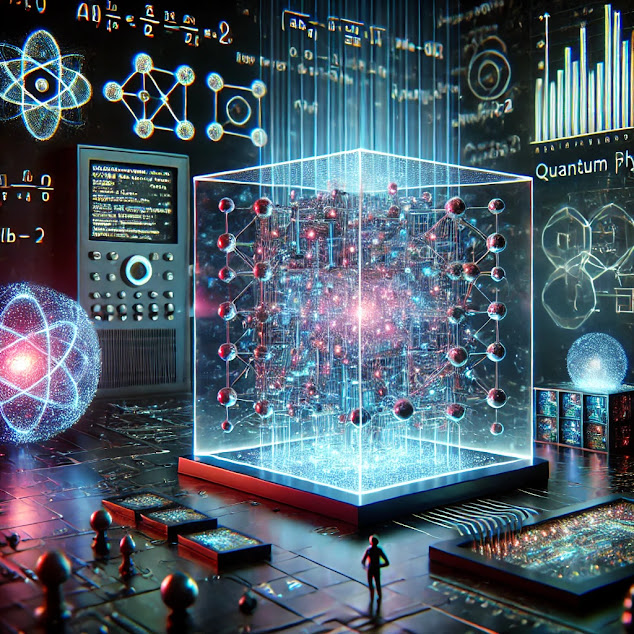Project Based Learning in STEM Bridging Education and Real World Skills

1. What is Project-Based Learning? Project-Based Learning (PBL) is an instructional approach where students actively engage in real-world challenges, focusing on applied problem-solving and critical thinking. Instead of traditional lectures and assessments, PBL emphasizes hands-on learning experiences that require students to work on complex, open-ended projects over extended periods. These projects often relate to real-world issues like environmental sustainability, social innovation, and community challenges. 2. Benefits of Project-Based Learning in STEM and Tech Enhanced Problem-Solving Skills : Tackling real-world projects helps students develop essential skills in problem-solving, analytical thinking, and teamwork. For instance, a PBL unit might ask students to design a renewable energy solution for a community, allowing them to explore engineering, physics, and environmental science. Industry-Relevant Skills : Projects in STEM and technology mimic professional environments, which

